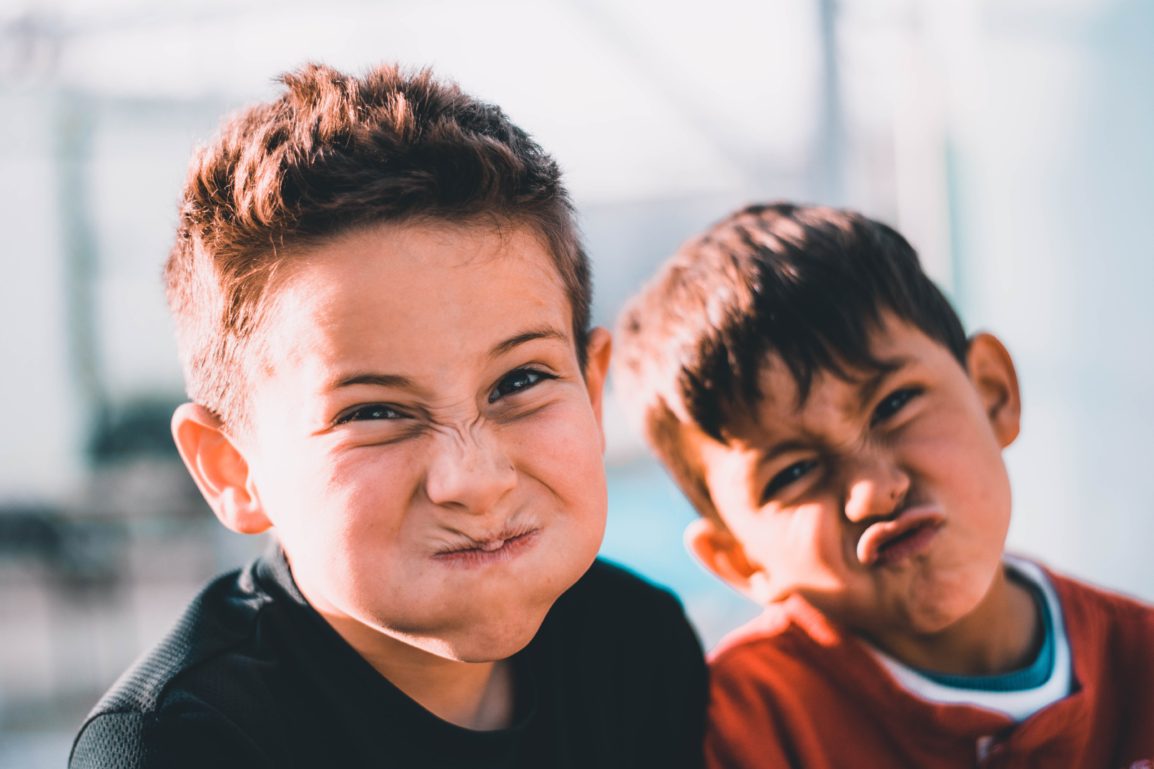Everyone remembers being taught to say ‘please and thank you,’ but manners and social skills don’t end there. Here are a list of things you should be teaching your child and ways to practice.
How to introduce themselves
Even the shyest of children can learn to properly introduce themselves to someone new. Show your child how to shake hands and say “Hi, my name is…” then to respond to an introduction with “nice to meet you.”
How to give a compliment
Complimenting a person is a good way to make a new friend. Teach your child how to make a genuine compliment by first teaching them how to recognize positive things in other people. The best compliments are things that go beyond the superficial such as “You’re a fast runner, you must practice a lot,” or “You have nice handwriting.” Of course, it can also be nice to compliment people on superficial things like their clothes or their hair.
Make eye contact
Maintaining eye contact plays an important role in sincerity. Looking someone in the eye can be uncomfortable if you aren’t used to it, so practice for short periods, then work your way up to longer ones. Ask your child to tell you something like everything they had to eat the day before and challenge them to look you in the eyes while they do it. Now, practice having your child look you in the eye while you tell them something.
Apologizing
A reluctant, muttered sorry to a sibling can be improved upon greatly. Show your child how to apologize by saying them yourself. For the sake of setting an example, spend a day apologizing for things like bumping into someone or dropping something. It will feel silly, but your child will appreciate the practice when they have to apologize for something more serious. The proper way to apologize includes, saying exactly what they are sorry for and making eye contact.
Sportsmanship
Everyone wants to win, but pouting when you lose or gloating when you win is bad manners. Teach your child to congratulate others whether they win or lose. If your child struggles with this, you may even give them a surprise treat when you see them do it successfully.
Asking for help
Not only should you teach your child the right way to ask for help, but that it’s okay to need it. Give your child an example problem, like reaching something that’s to high for them to reach alone. Ask your child who should they ask to help them. Teach them to approach someone by first asking if they can help, to state exactly what they need, and to say please. An example would be “Can you help me reach the cookies please.” Of course, once they receive the assistance they should respond back with thank you.
Following directions
Everyone has to follow directions. Explain the value of following directions; you can use traffic as an example. Simon says is a great way to introduce following directions carefully.
Negotiating
‘You can’t always get what you want’ is a hard lesson to learn. Knowing how to negotiate can help that lesson feel not so bad. Teach your child that everyone wants something, and sometimes those things conflict with what other people want. For example, you want your child to eat vegetables and they want to eat cake. Teach them to think about the problem. What does the other person want and why? What do you want and why? Challenge them to think about ways everyone can get what you want. Discuss options and go back and forth until both are happy with the outcome. Once you decide on a solution, both you and your child should agree and follow through.
Remembering others
Remembering others is about not being selfish. For practice, you can describe people to your child and ask them to tell you that person’s name. Or you can give them a name and ask them for a random piece of information about them. This is a great way to teach your child how to think about people other than themselves.
Being kind
Ask your child what kindness means to them. Ask them how does it feel when someone is kind to them, or when they are kind to someone else. Try to come up with examples of things you can do for others that are kind. Try doing random acts of kindness so your child can see what it feels like just knowing they did something nice for someone else.

